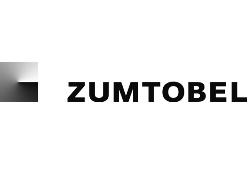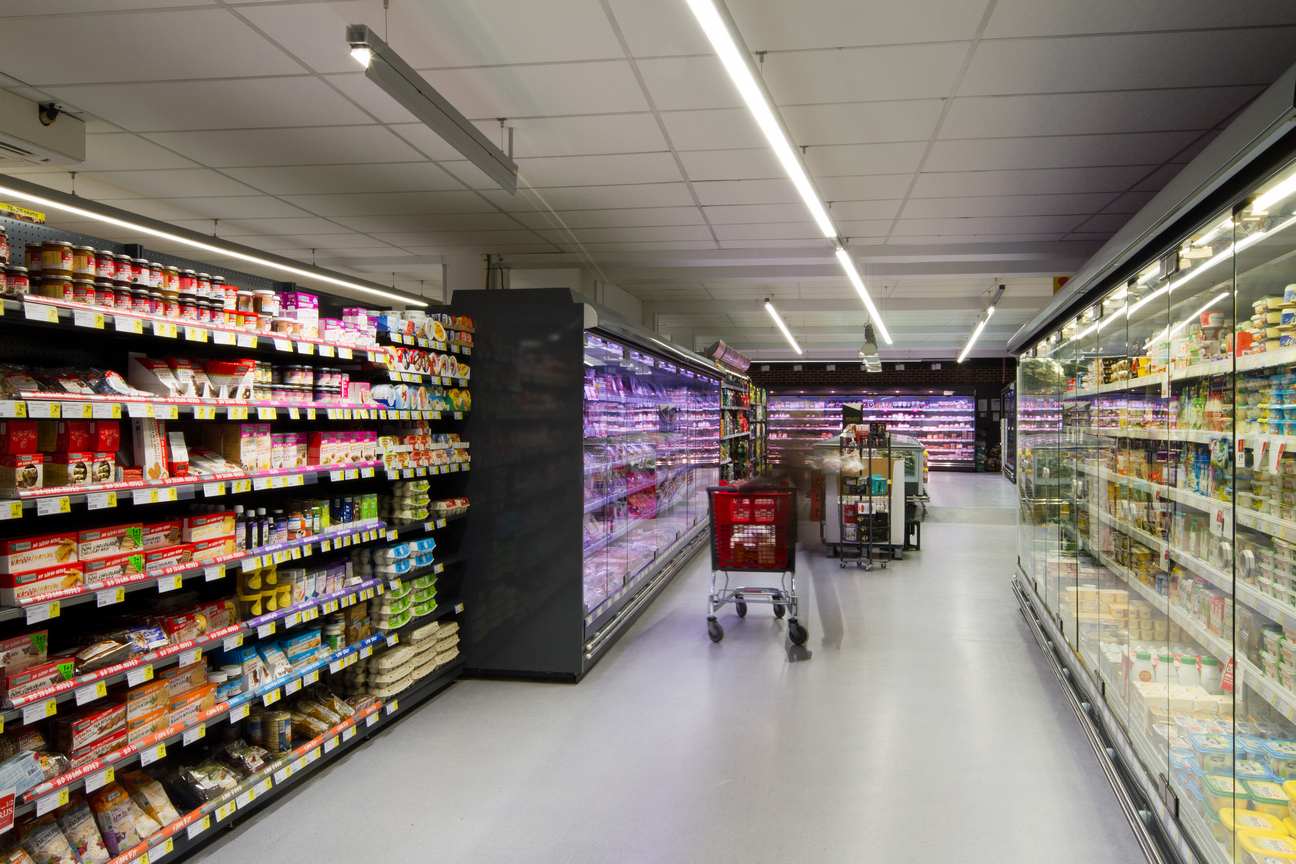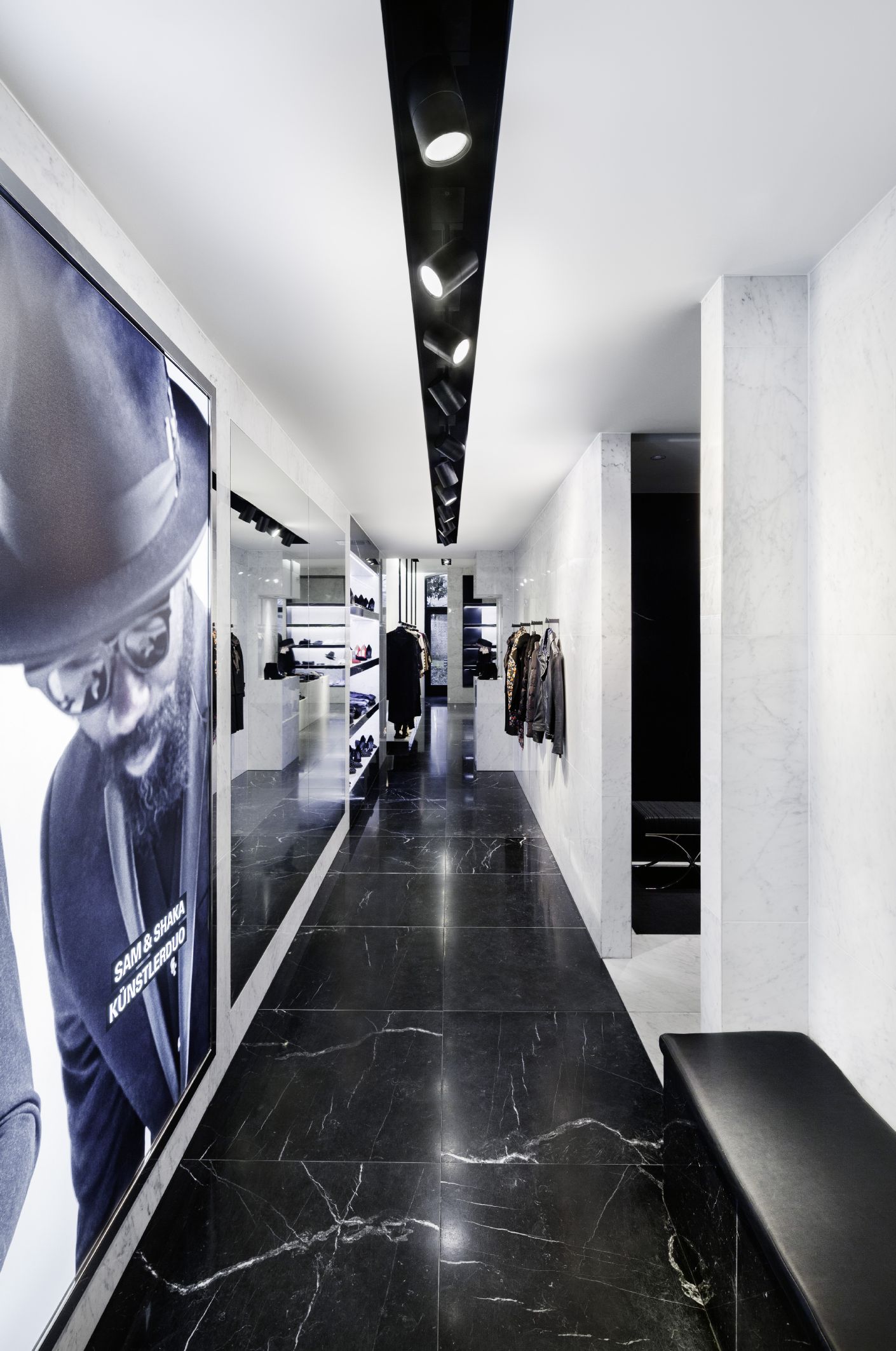Zumtobel Global Services reveals potential £6bn energy savings that UK Retail could be making

A new research report called Bright Future from lighting solutions expert Zumtobel Group Services (ZGS), has identified billions of pounds in savings that UK Retail could be making from digital transformation of their lighting systems through to 2025.
Retailers are looking to digitally transform their in-store lighting systems, first and foremost in order to save energy and reduce maintenance costs. However, digital transformation of the lighting system also provides a ready-made network on which to mount sensor-based and data-based technologies that are fundamental to creating the smart store of the future, where the retail environment ‘talks back’ to retail managers, where many tasks can be automated, and where the customer experience can be enhanced and personalised.
The new ZGS report estimates that UK Retail could be saving almost £6.3 billion (US$ 8.15 billion) through to the middle of the next decade, as a result of digitalised lighting systems. The report was compiled by modelling a series of real-life examples across the whole of the UK Retail sector, taking into account existing market penetration of digital lighting transformation.
Previous estimates of savings from digital lighting transformation have simply looked at the value of energy savings from conversion to LED. The ZGS report, importantly, sizes the net savings that a retailer can achieve, after including the cost of technology transformation. In other words, the report estimates real benefit to a retailer’s bottom line.
An increasing number of pioneering retailers are achieving this transformation through solutions known as lighting-as-a-service. In these arrangements, the lighting solutions provider bundles the cost of digital lighting solutions into a single, all-embracing monthly fee, across an agreed contractual period. This means that digital lighting technology, installation, maintenance and service are all delivered for a capped monthly cost which cannot escalate, and where expert technicians do not have to be recruited in-house.
Equally, because the solution delivers energy and maintenance savings in excess of the monthly fee, the digital transformation is achieved without the retailer having to commit a penny of capital – a critically important factor in a sector typified by slim margins.
As new innovations come on to the market, the solutions provider will incorporate them into the lighting-as-a service arrangements, so that the retailer does not get left with obsolete or out-of-date technology, and can rapidly develop its lighting network into the sensor-based digital infrastructure the is the foundation smart stores of the future.
Darren Riva, sales director at ZGS, commented, “Even the conservative estimates used in our research report produce a figure that is extremely eye-catching for the CFO. This is one of those rare opportunities where upgrading to a new digital generation of technology can pay for itself through the savings that technology generates.
The ability of the ‘as-a-service’ model to remove any need for capital expenditure is something that a body of retail pioneers have already latched onto, in order to deliver technical improvement and immediate contribution to the bottom line.”
Comment on this article below or via Twitter @IoTGN


